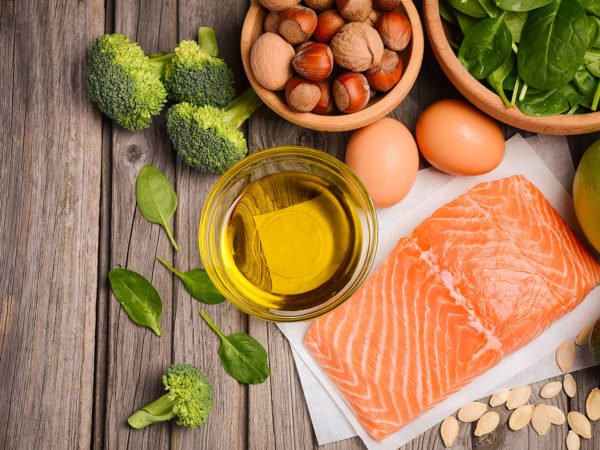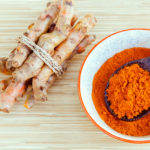Does Diet Trigger Arthritis Symptoms?
I have been diagnosed with osteoarthritis and I’ve heard that certain foods may trigger symptoms. I want to give an elimination diet a shot — how do I go about trying that?
Andrew Weil, M.D. | April 28, 2023

The question of whether diet influences the onset of osteoarthritis or worsens its symptoms has generated ongoing medical debate. Some years ago, a popular theory held that eliminating nightshade vegetables – tomatoes, potatoes, peppers and eggplant – could ease joint pain by reducing inflammation that may be a component of arthritis. I’ve seen little evidence that this strategy is helpful or that any other food elimination program reliably benefits people with osteoarthritis. There is some new research, however, indicating that inflammation plays a greater role in osteoarthritis than previously thought. With that in mind, there is no harm (and many benefits) to be found in trying an anti-inflammatory eating plan.
Unlike its autoimmune relative, rheumatoid arthritis, osteoarthritis is a wear-and-tear condition that is often a part of aging. Joint degeneration, prior overuse, or a history of injury can all contribute to the pain and stiffness of this condition. Inflammation of an affected joint has typically been seen as a result of the physical changes within the joint, not as a cause of it. A new paper, published in Current Opinions in Rheumatology, examined recent findings and makes a case for osteoarthritis as an inflammatory disease.
Either way – whether inflammation is a cause, or a painful symptom, of osteoarthritis — there is good reason for following an anti-inflammatory diet, which is beneficial for long-term health and healthy aging:
- Make sure your diet includes plenty of anti-inflammatory omega-3 fatty acids by eating wild Alaskan salmon, sardines, and other cold-water fish, freshly ground flaxseeds, omega-3 fortified eggs, or walnuts several times a week.
- Limit fats that promote inflammation. These include polyunsaturated vegetable oils (such as safflower and corn oils); the partially hydrogenated oils found in many margarines, snack and convenience foods; and vegetable shortenings.
- Avoid refined and processed foods in general.
- Eat plenty of fresh fruits and vegetables from all parts of the color spectrum.
- Add ginger and turmeric to your diet or take them as supplements.
Of course, if you suspect that a particular food is associated with your arthritis symptoms, there’s no harm in eliminating it for a few weeks to see if you notice a difference. The only way to do this objectively is to keep food records or a journal. But keep in mind that arthritis symptoms tend to come and go. If your symptoms improve while you’re avoiding certain foods, you won’t know for sure whether the food was the culprit or whether your symptoms coincidentally eased up, unless you add it back and then leave it out in several cycles and observe a consistent correlation.
If you want to try a full-fledged elimination diet, I suggest doing so under the supervision of a health professional, particularly if you’re taking medication for your arthritis symptoms. A naturopathic doctor may be better able to do this than a medical doctor, because naturopaths learn nutrition in their training and understand its role in health and disease. Some elimination diets begin with a fast that strictly limits what you can eat or drink for about a week or ten days. Then you add specific types of foods back into your diet over time (usually about every three days) and record any change in the way you feel.
Andrew Weil, M.D.
Want to learn more about aging gracefully? Join Dr. Weil on Healthy Aging today!
Sources
Knights AJ, Redding SJ, Maerz T. Inflammation in osteoarthritis: the latest progress and ongoing challenges. Curr Opin Rheumatol. 2023 Mar 1;35(2):128-134. doi: 10.1097/BOR.0000000000000923. Epub 2022 Dec 22. PMID: 36695054. pubmed.ncbi.nlm.nih/36695054/
verywellhealth/osteoarthritis-and-inflammation-2552229
Originally Posted September 2005. Updated April 2023












